The Firm
Buy The Firm There was much anticipation ahead of the release of The Firm’s debut album. This “super group”, anchored by former Swan Song label mates Jimmy Page of Led Zeppelin and Paul […]

Buy The Firm There was much anticipation ahead of the release of The Firm’s debut album. This “super group”, anchored by former Swan Song label mates Jimmy Page of Led Zeppelin and Paul […]
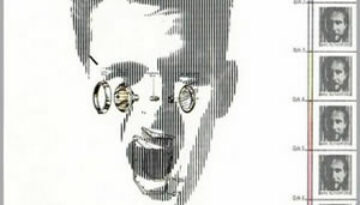
Buy Mike + the Mechanics Mike + The Mechanics was a quasi-solo project by Genesis bassist and guitarist Mike Rutherford The 1985 self-title debut was a commercial success which spawned three hit singles […]
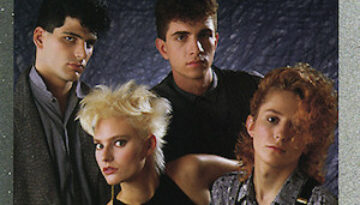
Buy Voices Carry ‘Til Tuesday had a short but fruitful career encapsulated within the bonds of the mid 1980s music scene. Their 1985 debut album, Voices Carry, features the famous, indelible title track […]
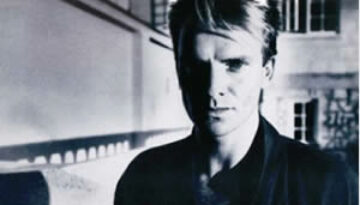
Buy The Dream of the Blue Turtles Following a remarkable five years of stellar success with The Police, vocalist and songwriter Sting launched his solo career with his 1985 debut The Dream of […]
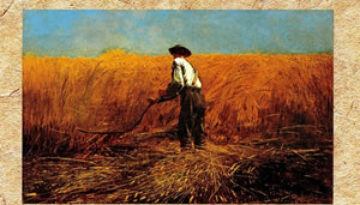
Buy Southern Accents Tom Petty & the Heartbreakers found a nice blend of mid-eighties pop and their traditional rock sound on 1985’s Southern Accents. This sixth album by the group (and first new […]
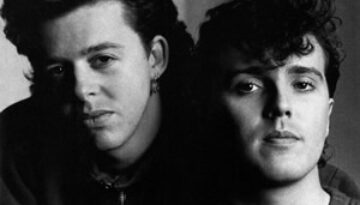
Buy Songs From the Big Chair In the 1980s, Tears For Fears was a progressive/new wave project by composer and vocalist Roland Orzabal and bassist Curt Smith. They reached their commercial peak with […]
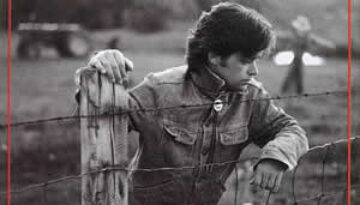
Buy Scarecrow While much of popular music in 1985 was moving towards more synth-based compositions and refined production, John “Cougar” Mellencamp decided to return to his roots on Scarecrow. In fact, Mellencamp was […]
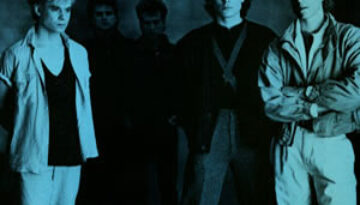
Buy Nervous Night The Hooters big label debut was, by far, their most successful album in America. Nervous Night sold over two million copies, achieving multi-platinum status, and spawned multiple Top 40 hits. […]
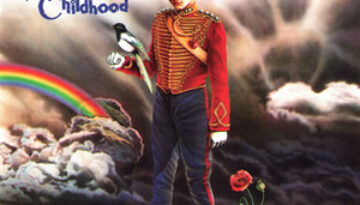
Buy Misplaced Childhood Misplaced Childhood is a 1985 concept album by the British group Marillion, which consists of an LP side continuous pieces of music. Thematically, the compositional lyrics were written by the […]
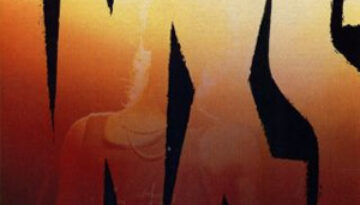
Buy Listen Like Thieves INXS forged their most successful rock formula on, Listen Like Thieves, the 1985 album which would set the pace for the group’s most successful commercial run through the late […]